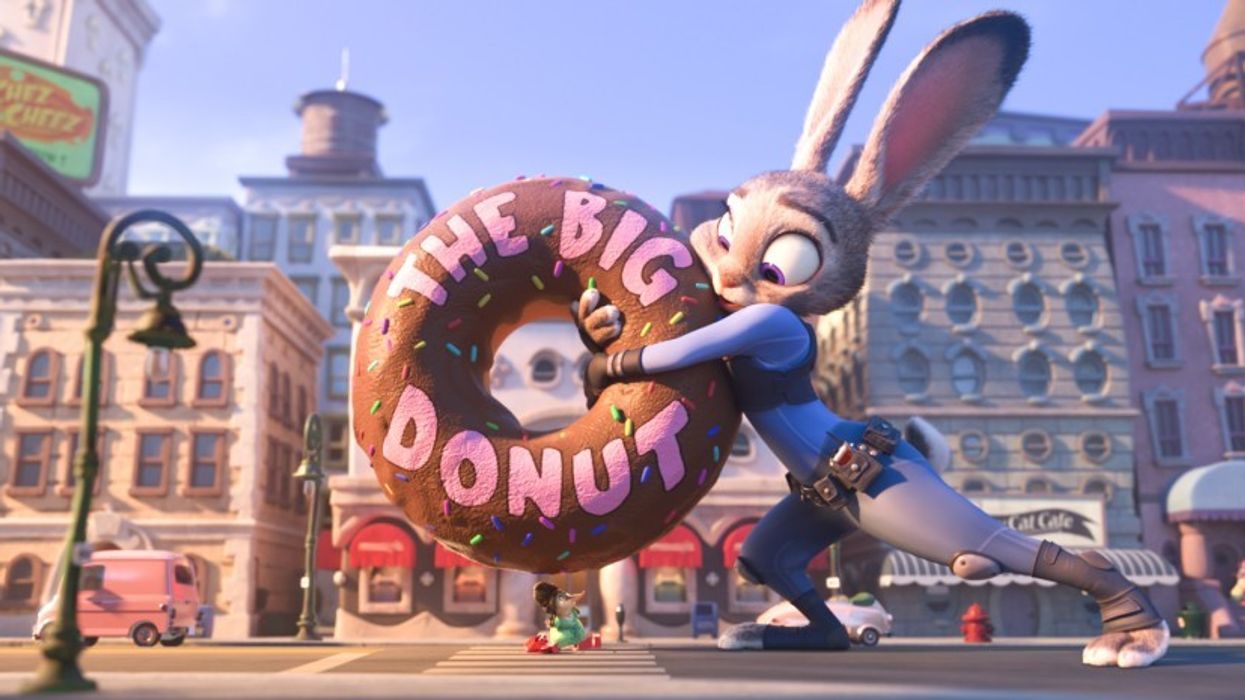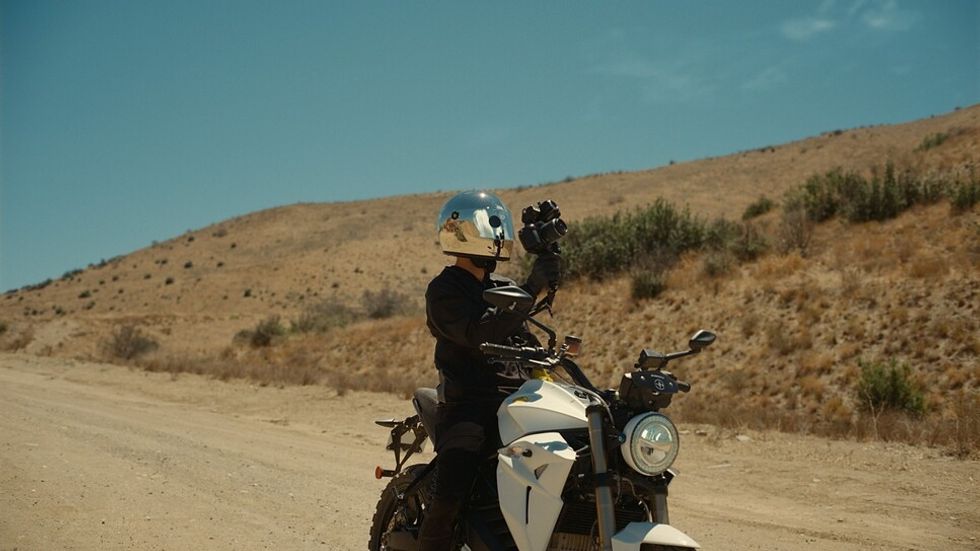What Is Zoomorphism? (Definition and Examples)
What are some of your favorite animal characteristics in characters?

'Zootopia'
Film and visual media have always borrowed from literary devices and the vast tapestry of the world around us to tell evocative stories.
One such technique that has been utilized in many memorable pieces is 'zoomorphism', which takes animals and makes them feel human.
But that's not the entire definition. So, what exactly is zoomorphism, and how has it been employed in cinema and animation?
Dive in with us to explore this fascinating concept.
What is Zoomorphism? Explain Zoomorphism, Define Zoomorphism, Meaning of Zoomorphismwww.youtube.com
Zoomorphism Definition
Zoomorphism comes from the Greek words "zoon" (meaning "animal") and "morphē" (meaning "shape" or "form"). It refers to the attribution of animal characteristics or qualities to non-animal entities, such as objects, humans, or even concepts.
This is not to be confused with "anthropomorphism," where human characteristics are given to non-human entities.
In visual media, zoomorphism can be seen when a character, scene, or even an idea is represented using animal traits, behaviors, or forms.
Why Filmmakers Use Zoomorphism
Using zoomorphism allows filmmakers to tap into our inherent understandings and feelings about animals, which are deeply embedded in our psyche. For instance, representing a character with feline attributes might evoke notions of stealth, elegance, or danger. Meanwhile, giving a character bird-like characteristics might suggest freedom or fragility.
This technique offers a unique way to convey character traits, emotions, and underlying themes without explicit exposition, leaning on visual storytelling's strength.
Examples of Zoomorphism

'Finding Nemo'
Credit: Credit: Walt Disney Studios Motion Pictures
The concept of zoomorphism offers a unique way to explore human nature, societal structures, and the natural world by blending the lines between humanity and the animal kingdom.
Here are some examples across mediums:
Literature
- The Metamorphosis by Franz Kafka: In this novella, the protagonist, Gregor Samsa, wakes up one morning to find himself transformed into a giant insect.
- The Chronicles of Narnia by C.S. Lewis: Many characters in the series, like Mr. Tumnus the faun and Reepicheep the mouse, are animals with human traits.
- Animal Farm by George Orwell: Animals take on human characteristics to satirize and critique the Russian Revolution and the rise of Stalinism.
- Watership Down by Richard Adams: Rabbits, though not turned into humans, display very human-like societies, politics, and mythologies.
Film
- The Lion King: Animals in the African savannah live in kingdoms and exhibit very human-like traits, politics, and relationships.
- Zootopia: In a city of anthropomorphic animals, a bunny cop and a cynical con artist fox must work together to uncover a conspiracy.
- Babe: A pig who wants to be a sheepdog, showing how animals might take on roles traditionally associated with other species.
- Finding Nemo: Marine animals live out human-like adventures and relationships in their underwater world.
TV
- BoJack Horseman: A satirical take on fame, depression, and personal growth, where animals live and work alongside humans in a Hollywood-like setting. BoJack, for instance, is a horse and the titular character.
- Teenage Mutant Ninja Turtles: Mutated turtles take on human characteristics and battle evil forces in New York City.
- ThunderCats: Cat-like humanoid aliens flee their dying home planet and face various challenges on their new home.
Zoomorphism, while perhaps less discussed than its counterpart, anthropomorphism, has been an essential tool in the filmmaker's toolkit.
It allows for nuanced character development, offers fresh interpretations of themes, and provides a lens through which audiences can engage with familiar stories in new ways.
Next time you're watching a film, see if you can spot zoomorphic elements; they might be subtly influencing how you interpret the story.
Now, go get writing.






















